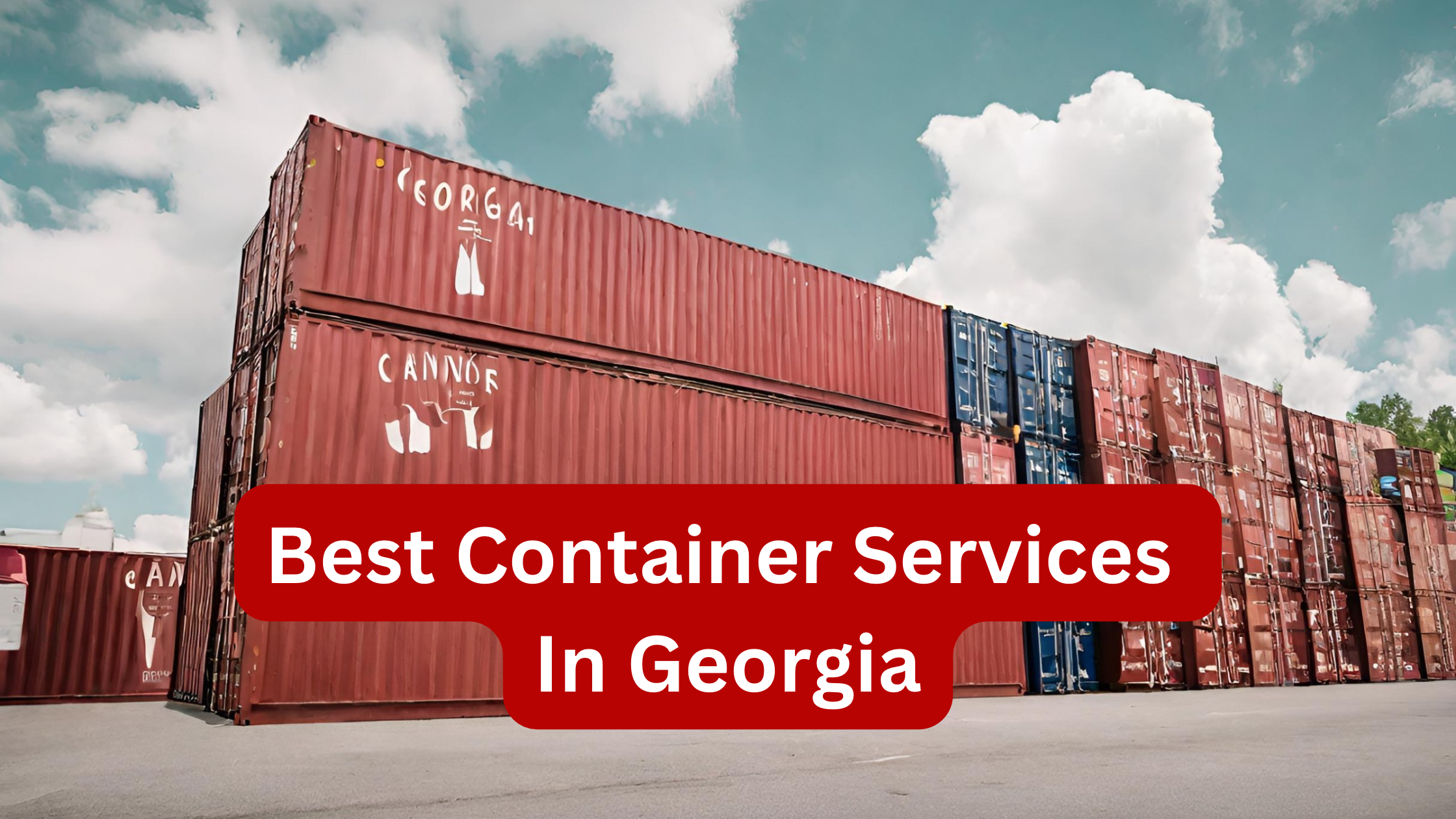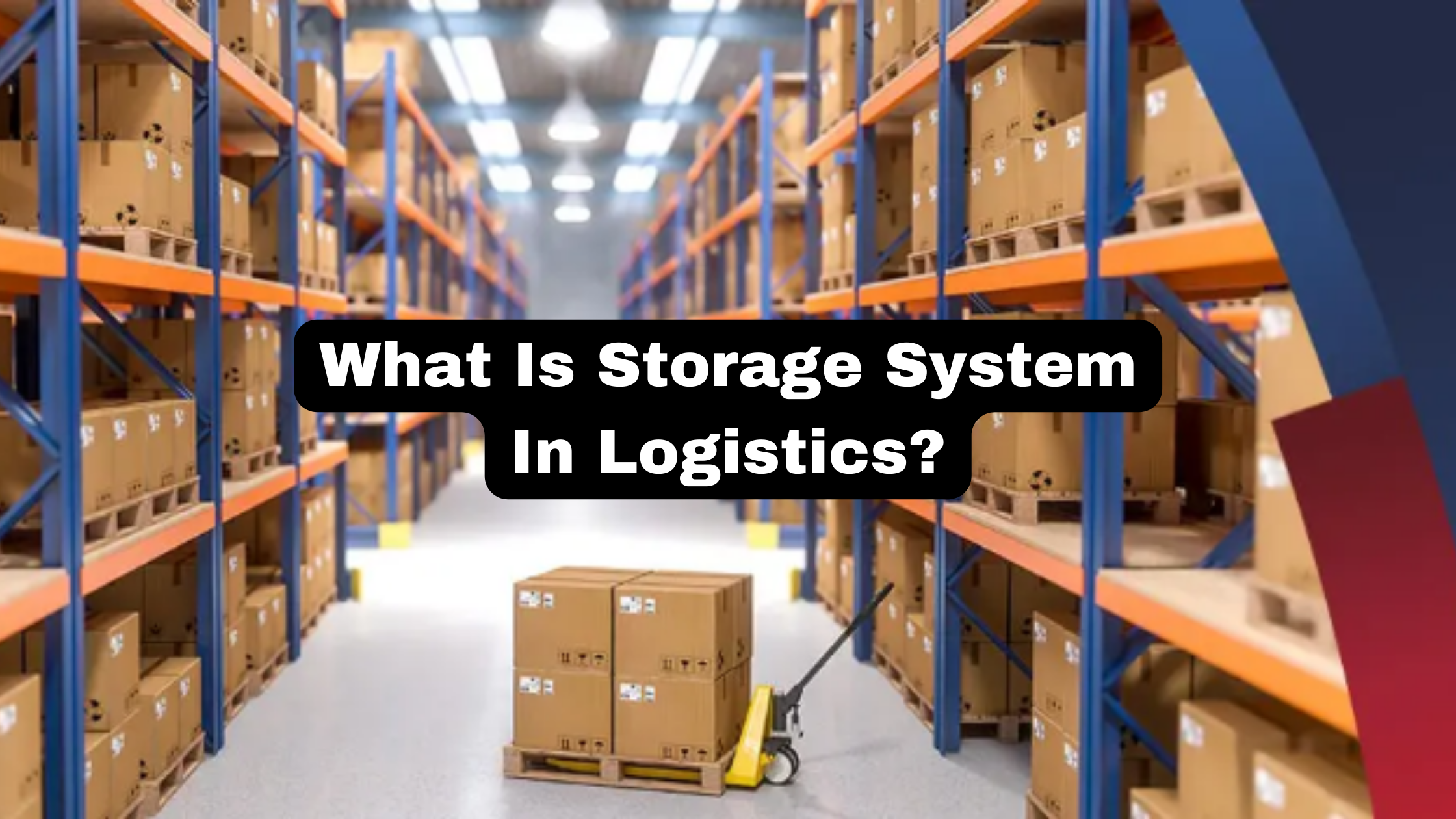The handling of a good or service’s entire manufacturing flow, from the raw materials to the delivery of the final product to the customer, is known as supply chain management. A business establishes a network of suppliers (or “links” in the chain”) to convey the product from raw material suppliers to firms that deal with customers directly.
It involves simplifying a company’s supply-side operations to optimize customer value and achieve a competitive edge in the market. Supply chain services international is an essential criterion to boost your business. If you’re looking for management and solutions in supply chain services internationally, you’re at the right place. Read this blog till the end to solve all your queries.
Supply chain Management
Why is supply chain management essential? Controlling the supply chain leads to reduced costs, waste, and manufacturing cycle time. A just-in-time supply chain, where retail sales automatically transmit refilling requests to manufacturers, has become the industry standard. So, retail shelves can be refilled virtually as soon as The analyzed product is sold.
Supply chain management systems consist of five elements:
- Planning: To meet customers’ demand for a company’s product or service, plan and manage the necessary resources. Once the supply chain is in place, choose Key metrics to gauge its performance in terms of customer value delivery, efficiency, and effectiveness.
- Sourcing: Select contractors to offer the products and services required to produce the finished product. Create procedures to oversee and manage supplier relationships after that. Ordering, collecting, maintaining inventory, and authorizing supplier payments are essential.
- Organizing: Organize the steps necessary to take the raw materials, produce the product, test it for quality, package it for shipping, and plan the delivery.
- Logistics and delivery: Plan deliveries, dispatch goods, invoice clients, and collect money, simultaneously coordinating customer orders.
- Return policy: Create a system or technique for the return of faulty, extra, or undesired goods.
Shown below are three situations where good supply chain management enhances the value of the supply chain cycle:
- Problem identification: The buyer may complain of poor service if they order more than the manufacturer can provide. Manufacturers could foresee the shortage through data analysis before the customer is unhappy.
- Price optimization: Products in season are often discarded or sold at steep discounts towards the end of the season. Prices are dynamically adjusted to suit the demand for perishable products by airlines, hotels, and other businesses. By applying analytical software, similar forecasting methods can increase margins.
- Inventory improvement: Utilizing analytical software tools, it is possible to dynamically schedule tasks and distribute resources based on the estimated sales, actual orders, and promised raw material deliveries. When an order is placed, manufacturers can confirm the product delivery date, lowering the number of incomplete orders.
The supply chain is the company’s most evident “face” to customers and consumers. A company’s supply chain management will defend its brand and long-term sustainability the better, and more effectively it is.
Supply chain Solutions
Below are five supply chain management solutions companies can follow to experience profit, efficiency, and better customer feedback.
- Supply chain professionals and team management: The growth of supply chain systems is being fueled by new technology and a globalized supply chain, yet there need to be more competent employees to manage these operations. In actuality, only 38% of supply chain leaders have confidence in the capability of their current supply chain team to compete in the market today. By encouraging collaboration and coordinating work, a specific role that organizes operations and communication between the various business units might be helpful.
- Automate the process: Companies need help finding and choosing suppliers for component purchases. The contract is increasingly automated, minimizing time and money while reducing human mistakes. When processing data, automation software can perform a commendable job. Companies will only have to hire a data scientist to enter, update, and manage component data.
- Risk management: Supply chains are, by their fundamental nature, risky. Potential supply chain disruptions include natural events, raw material shortages, port interruptions, trade disputes, theft, cybersecurity breaches, non-compliance with laws and regulations, and reputational harm. It is typically easy to estimate the impact of known risks on the supply chain, including distribution constraints, demand swings, supplier problems, and regulatory non-compliance.On the other side, unknown hazards are challenging to foresee and manage. They are difficult to measure or take into account in the supply chain management framework since they involve natural disasters and geopolitical crises. The easiest way to reduce these risk types is to diversify your solution portfolio. Having several suppliers, partners, locations, and production methods is necessary.
- Inventory Optimization to Reduce Carrying Costs: Automated inventory tools provide companies with low-stock or dead stock already backup plans against item shortages. Eliminating out-of-date inventory – These items not only increase carrying costs, but they also pose a risk of becoming obsolete. Manufacturers must understand product life cycles. Increasing the frequency of purchases – ICC is decreased by increasing the frequency of item purchases. Businesses may plan and determine the quantity of each asset by forecasting demand.
- Source from various fabrication and distribution sites: In a natural disaster or geopolitical event, reliance on one supply or distributor might interrupt operations. Businesses that start from different suppliers and regions build resilience in their purchasing procedures. If multiple parts are acquired from the same place or manufacturing facility, the risk can be evaluated and declared “high risk.” Software for management can assist in locating crosses and alternatives, providing choices for multi-sourcing.
Therefore, Every firm needs supply chain management since it enhances productivity, effectiveness, resource management, etc. Additionally, it builds strong ties with all parties involved, including consumers, suppliers, etc. It connects and integrates all business operations, responds to every phase, and ultimately contributes to achieving customer satisfaction and corporate objectives. Hence, supply chain management is essential.








